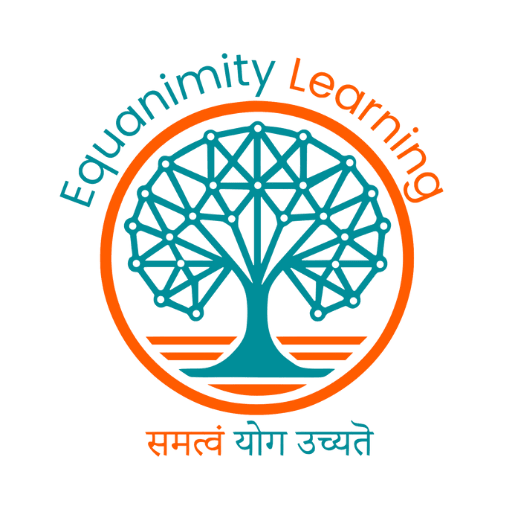Navratri is a festival of nine nights, nine forms of the Goddess, and nine energies that inspire renewal, discipline, and joy. For centuries, these nine days have been about cleansing negativity, building strength, and celebrating virtues.
At Equanimity Learning, we believe transformation in schools also happens step by step or in our language, 1% better every day. What if we use these nine days as a framework for teachers and leaders to bring fresh energy into classrooms?
Here are Nine Classroom Management Gems one for each day of Navratri that school leaders can share with their teachers. Think of it as a daily practice, just like the rituals of the festival.

🌼 Day 1 – Setting Clear Expectations:Just as Navratri begins with rituals that set the tone, a classroom too needs clear foundations.
- Why: Students thrive when they know the rules of the game.
- Try This: Co-create class rules with students, write them on the wall, revisit them every morning.
🌼 Day 2 – Modeling Behavior:Teachers are role models, much like the Goddess embodies virtues we admire.
- Why: Actions speak louder than words. If we want respect, patience, or curiosity, we must first show it.
- Try This: Demonstrate how to listen actively, resolve conflict calmly, or stay curious.
🌼 Day 3 – Building Relationships:Navratri is also about connection families, communities, devotees gathering together.
- Why: Students behave better and learn more when they feel seen and valued.
- Try This: Daily greetings, small check-ins, remembering birthdays or hobbies.
🌼 Day 4 – Consistent Routines:Festivals have rituals. Similarly, routines give classrooms rhythm.
- Why: Predictability reduces anxiety and disruptions.
- Try This: Start every class with a warm-up, end with a two-minute reflection.
🌼 Day 5 – Positive Reinforcement:Navratri is joyous singing, dancing, celebrating. Classrooms too need celebration.
- Why: What we celebrate, multiplies.
- Try This: Acknowledge effort, display good work, share “student of the day.”
🌼 Day 6 – Active Engagement:From garba dances to devotional songs, Navratri is active, not passive. Learning should be too.
- Why: Students stay on task when they’re involved.
- Try This: Use think-pair-share, role-plays, or group problem-solving.
🌼 Day 7 – Managing the Environment:Navratri pandals are decorated with care. A classroom’s physical setup shapes behavior.
- Why: Space can inspire focus or invite chaos.
- Try This: Arrange desks for collaboration, keep resources accessible, reduce clutter.
🌼 Day 8 – Handling Disruptions Restoratively:Navratri teaches us to transform negativity into strength.
- Why: Discipline is not punishment it’s guidance.
- Try This: Instead of scolding, use restorative questions: “What happened? Who was affected? How can you fix it?”
🌼 Day 9 – Reflection & Renewal:Navami culminates with victory and reflection. So should our teaching.
- Why: Reflection builds awareness; renewal builds growth.
- Try This: Journal one success and one area to improve. Leaders can host a short sharing circle.
✨ Closing Thoughts: Navratri is more than a festival it’s a reminder that discipline and joy can coexist, and that renewal comes from daily practice.For school leaders, this nine-day journey is a chance to gift your teachers nine powerful practices. For teachers, it’s an invitation to bring fresh energy into classrooms.May this Navratri bring not just light in our homes, but also peace, order, and inspiration in our schools. 🌸

